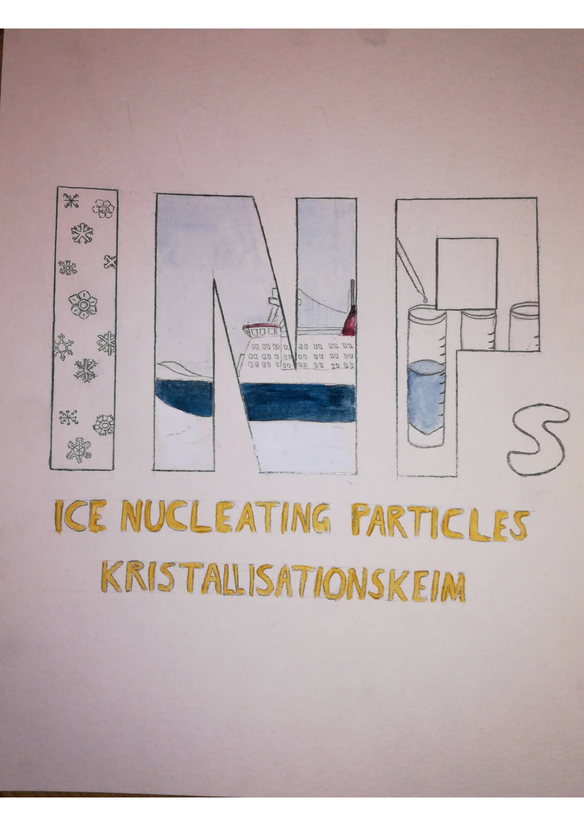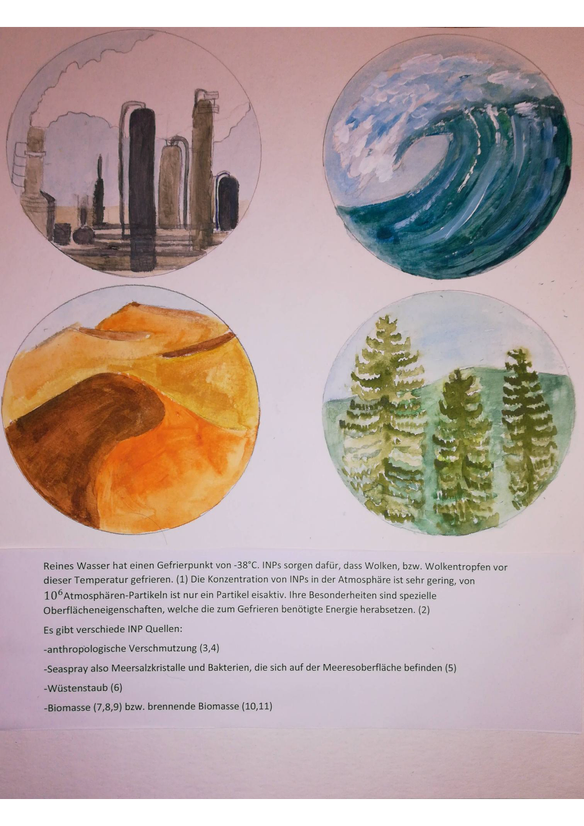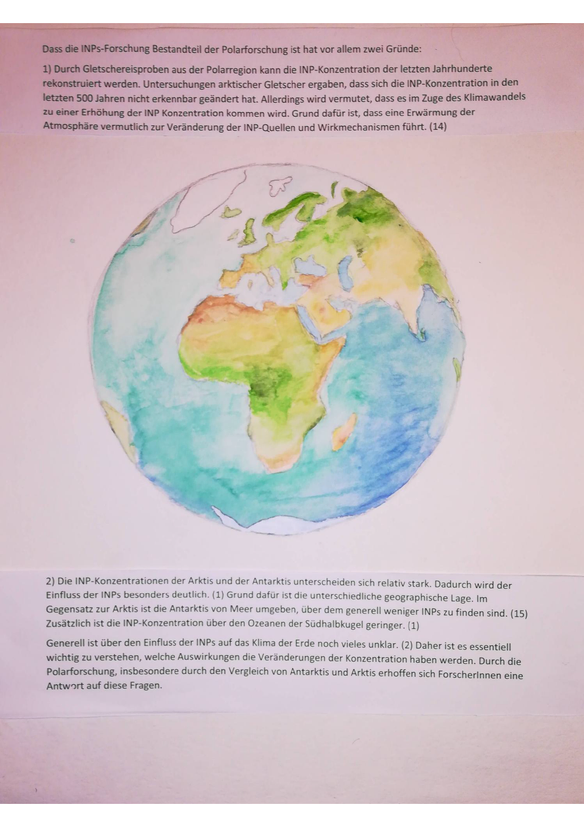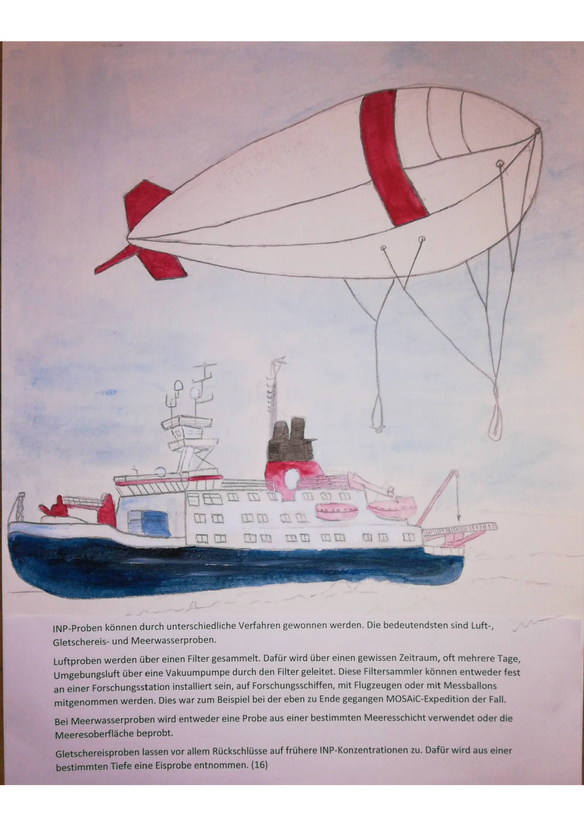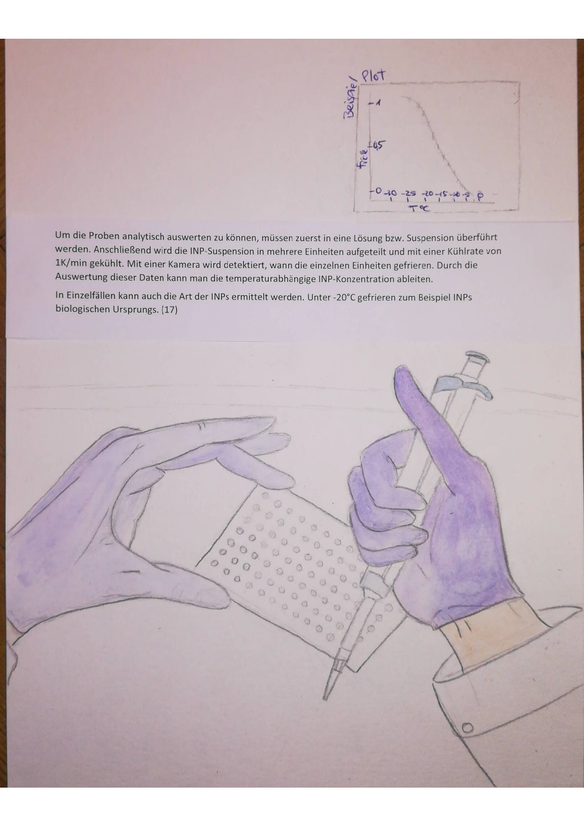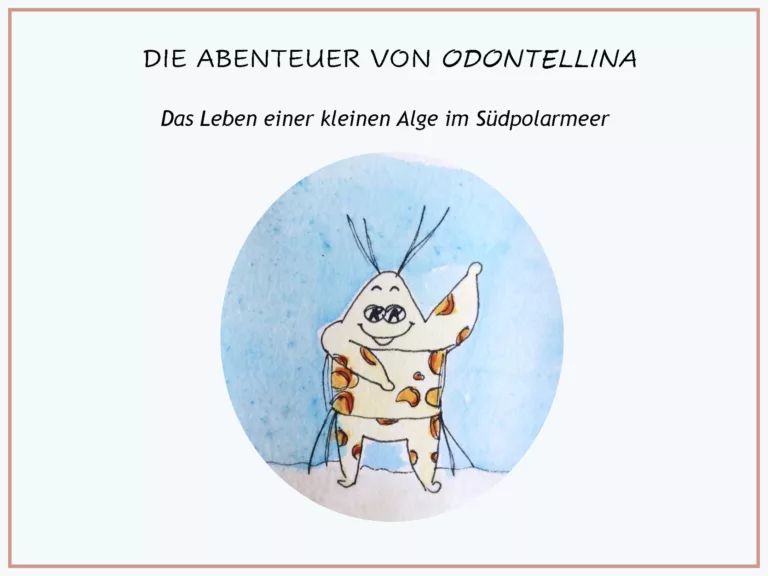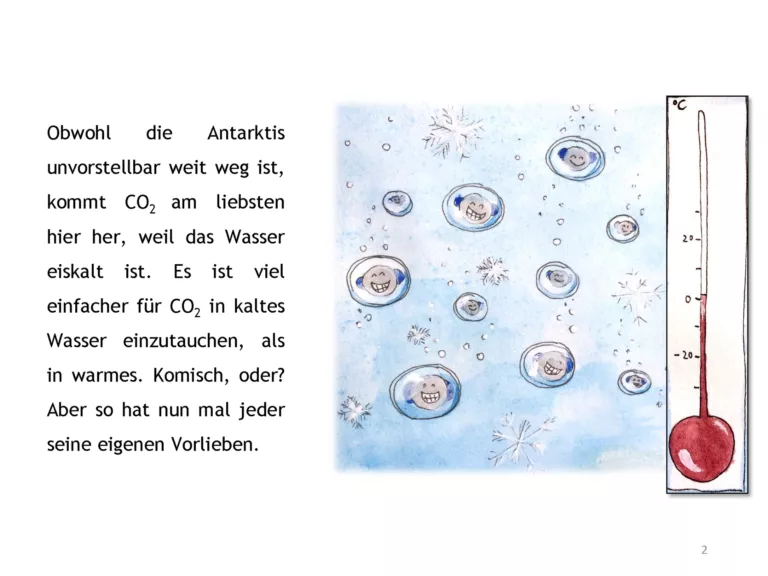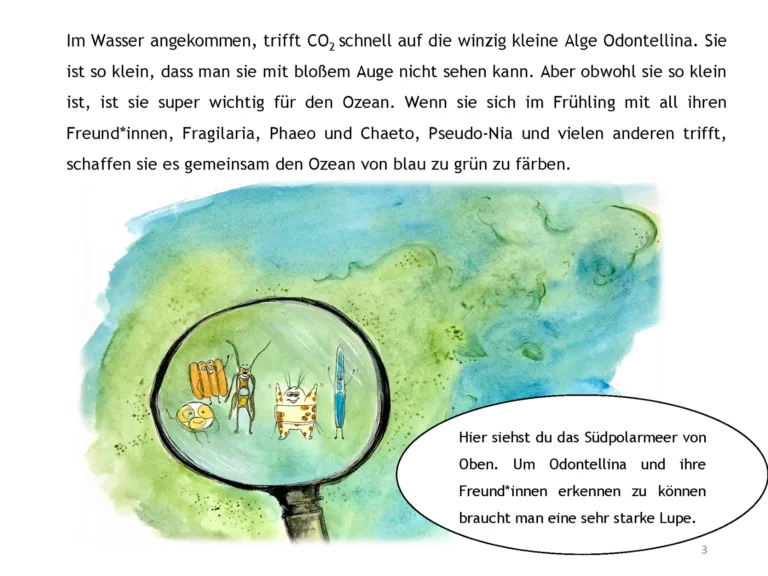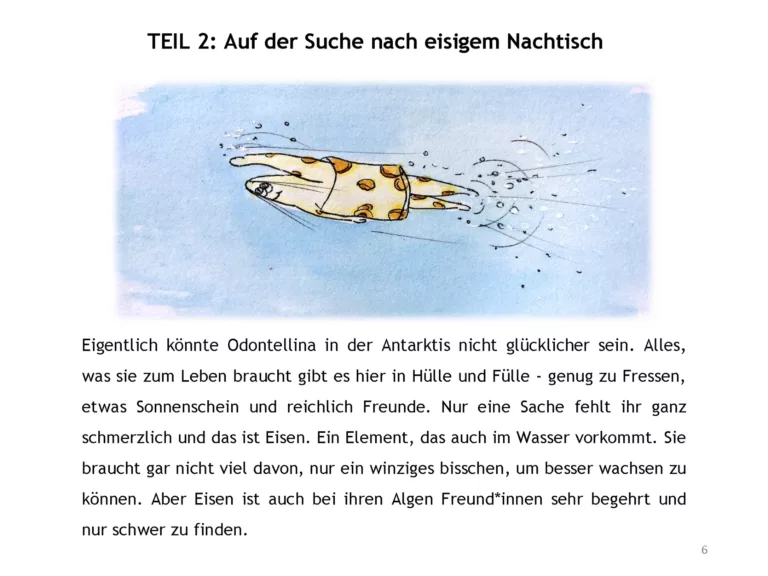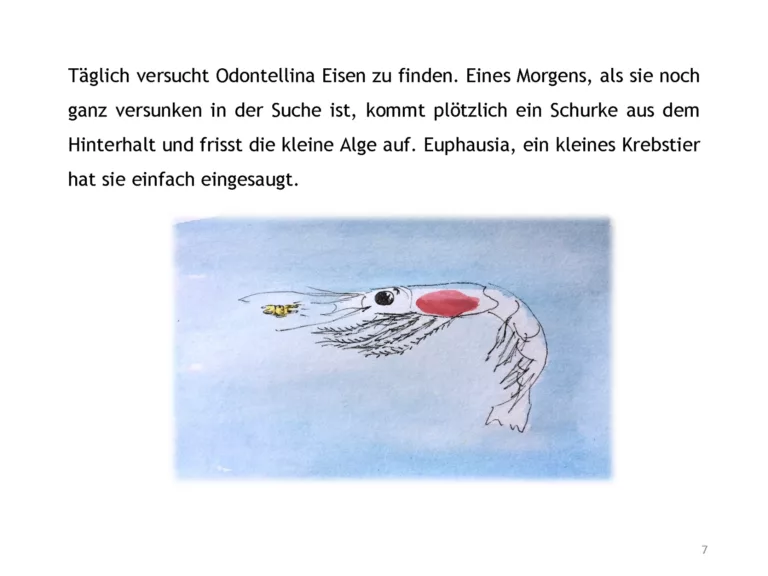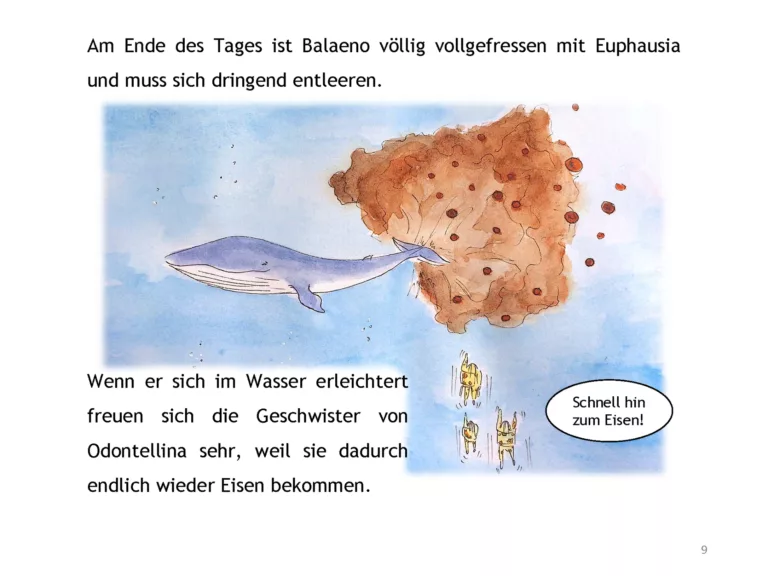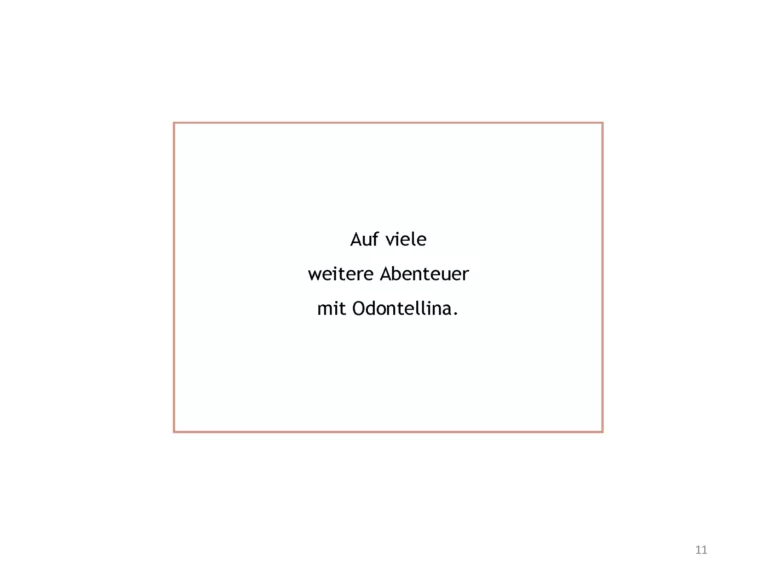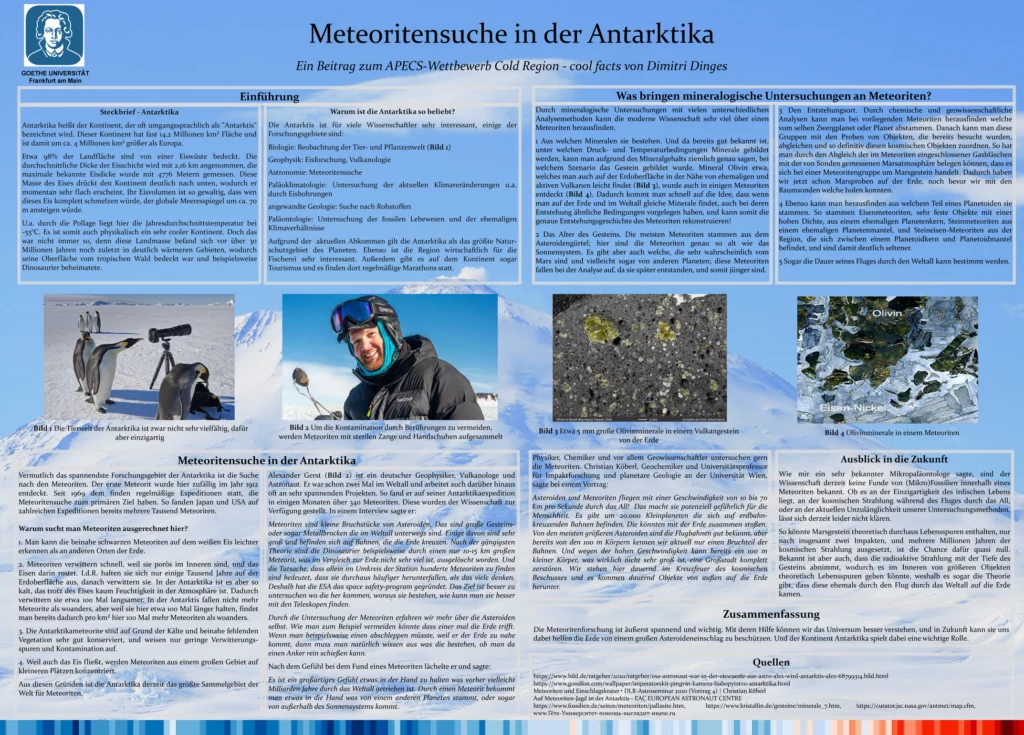"Cold Region - Cool Facts" competition
Autumn 2020
The “Cold Region – Cool Facts” competition announced at the end of September 2020 was a complete success from our point of view. Up until the 1st of December 2020 students enrolled at German universities were able to submit a creative project covering some polar fact, research area or otherwise polar-related topic. Due to not specifying how the “end product” should look like, we received a number of different projects like Podcasts, kids books, video submission, artwork, a game and several more. All eleven submissions were presented on our webpage and on twitter.

The submissions did not only cover a variety of different projects, but we were also really happy to see submissions from Bachelor and Master students coming from eight different Universities and Hochschulen covering twelve different study programs. It is wonderful to see that so many students from different fields are interested in polar regions! We thank every single person or group, who submitted their project and we hope to see more creative science outreach in the future.
Submissions
The second prize is shared by two projects. This submission is from Théo Wittersheim.
Antarctica is today a major place to study the cryosphere. But has it always been so cold? And how is human’s influence on climate affecting the white continent? Théo is addressing those and many more questions in a video made from great sketches that is meant for everyone: Childs curious to hear an entertaining story about Antarctica. Adults interested in taking a step back on human influence on its planet, taking a closer look to Antarctica’s past and present. Students wishing to understand the evolution of Antarctica and the formation of its ice.
Take a cup of coffee and take a journey to the world’s coolest continent.
The second prize is shared by two projects. This submission is by Hannah Meyer, Carolin Krug, Hanna Knahl, Ronja Gronemeyer and Yanick Ziegler.
Eis hoch 24 – Ein cooler Adventskalender mit Tiefe is a podcast for the whole family. The producers take their listeners on a journey down into the ice and thus into the past of our planet. On your journey, you will get to know an ice core and listen to stories about penguins, polar bears, sea ice, volcanoes and climate models. The students want to enthuse their listeners for ice cores and the polar regions, explain what ice has to do with climate research and last but not least they want to draw attention to current changes in our climate system, which also endanger the polar regions.
“Eis hoch 24” is in german, has 24 episodes and can be enjoyed via spotify or youtube.
This submission is from Lena Nicola. Lena’s cool fact from the Cold Regions is about the flow of ice. Did you know that you can compare the movement of a glacier to slowly running hone?! When starting to study the cryosphere, Lena learned that ice is not rigid at all, it flows and this flow is also dependent on how cold the ice is (really really cold or just cold?). Her great poster teaches this cool fact to students, non-experts, or lay people alike, and she would like to raise interest and share her fascination about glacier flow with it.
Have a look at her poster below.
This submission is from Dimitri Dinges. Did you know that you can find many meteorites in Antarctica? They can give you information about how they were formed, when and where. And more importantly, they can help us to understand the orbits of meteorites better and thereby predict future impacts. This poster from Dimitri shows you why Antarctica is such a cool place to search these meteorites and many more cool facts!
Let’s go on a journey to Antarctica and discover the exciting facts on Dimitris poster!
This submission comes from Ann-Catrin Kubitza.
With wonderful drawings, “Die Polarforscher” tells the story of a young scientist that takes you on a trip to both poles. Together with her friends – the penguin and polar bear – she shows a world of ice and snow where there is a lot yet to discover. Where do you think there is most ice? Fasten your seatbelt and let’s find out!
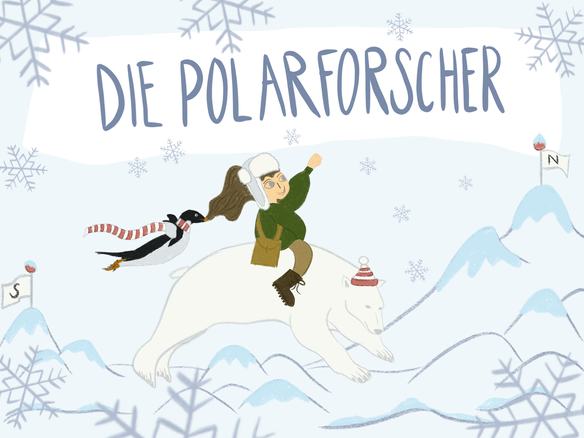





This submission to our contest is from Stefan Decker.
Stefan’s contribution expressively brings to life a topic of loss of species caused by global environmental changes in a completely different way: with our ears. He created together with his band Larún a piece of music called „The Last Polar Bear“ to draw attention to the ongoing loss of the habitat of those majestic animals.
Listen to their song on YouTube. Sound on for – “Imagine a world in which magnificent animals like polar bears live only in stories and legends ….”
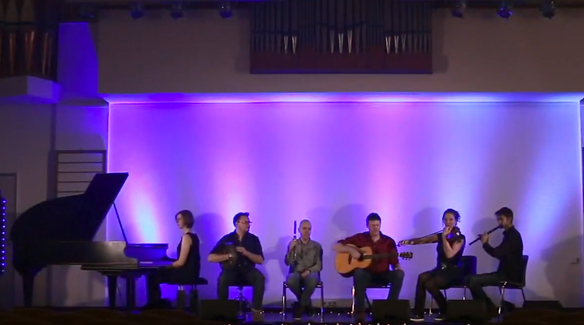
Th contribution comes from Helene Köhnen.
In a unique and artistic way, she presents a less known consequence of climate change: the spread of the algae C. nivalis that colors icebergs in red. She is fascinated, but also frightened by those icebergs that appear like huge, red warning signs of climate change!
To illustrate this phenomena, she has created a collage made out of pieces of scientific publications. Fragments that reveal a bigger picture when put together, and theories scream for attention for changes on all scales, from icebergs to algae.
Another aspect of the spread of the algae C. nivalis is watermelon snow, a term that is used to describe the pink-colored snow created by the abundance of C. nivalis. Helena connects in her art piece (at the top) two things that are normally unrelated – watermelons and the Polar Regions that come together now due to climate change. She intends to stress those massive changes in the world’s climate by bringing together two such contrasting things like watermelons and snow.
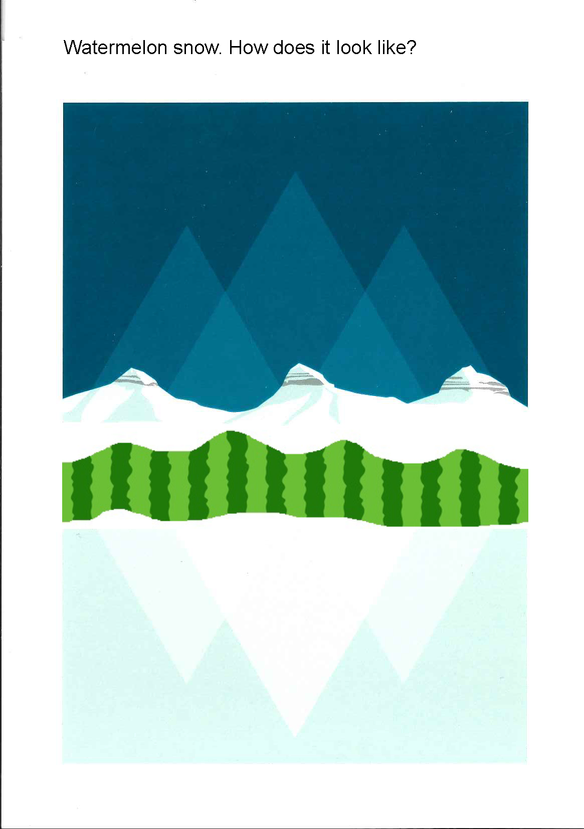

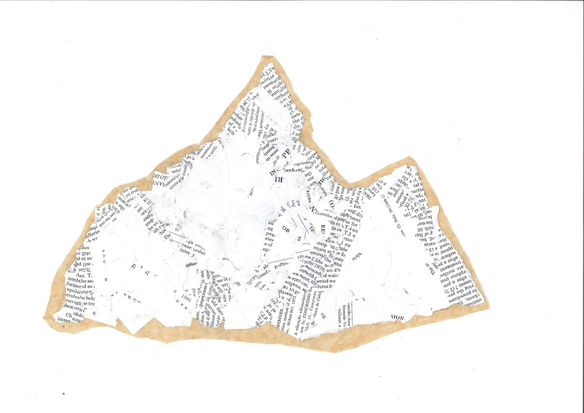
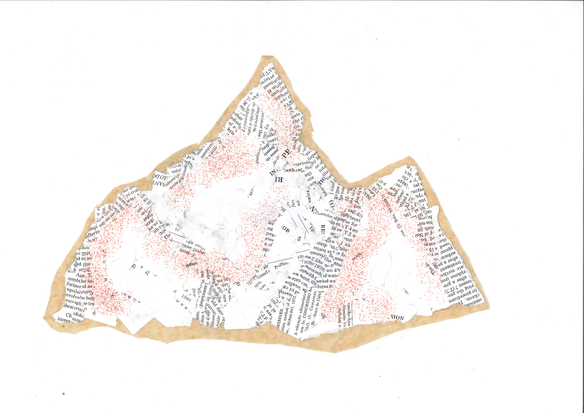

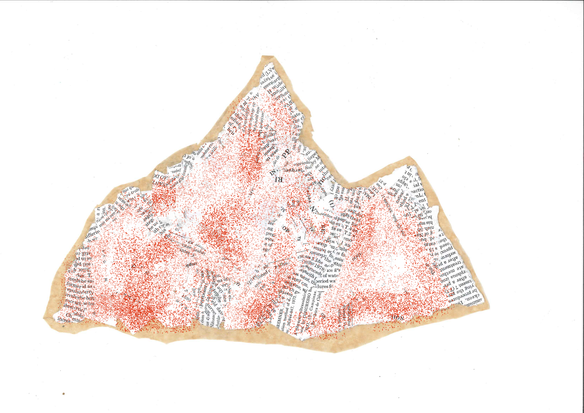
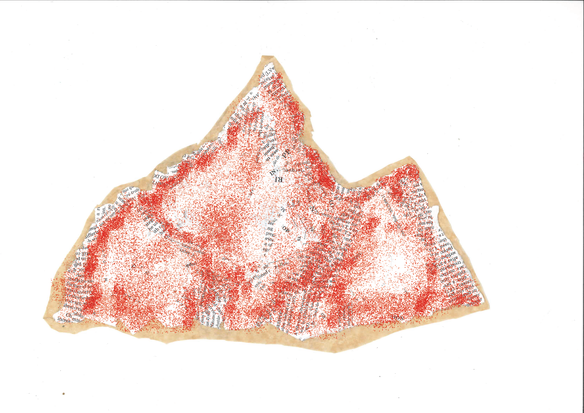

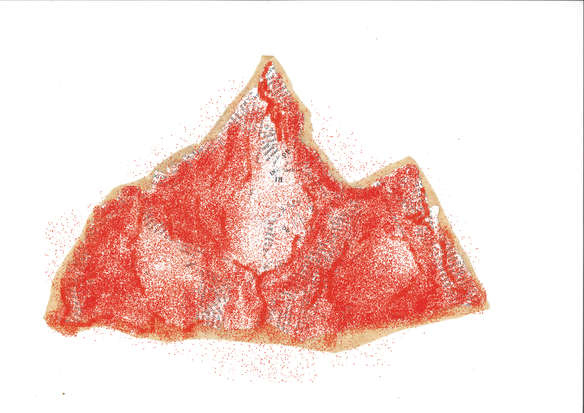

This contribution likes the phenomena of the cold regions of which many are endangered. It wanted to raise awareness for this by showing short, beautiful videos along with telling a few facts about the Polar Regions. The video is kept short and dynamic but also a bit funny by imitating Donald Trumps voice by a voice generator.
This submission comes from Pia Petzold, Benjamin Huxol, Louisa Schwitzer, and Samira Acktories.
They have thought about a very special way to raise attention for permafrost by creating an escape-game. This way, they would like to bring the topic of permafrost that is often omitted in the schools, with a playful aspect into the classrooms!
Permafrost is covering a large area of the northern hemisphere and is undergoing large changes due to climate change. Video messages from well-known permafrost-scientists alternate with riddles on paper that explain important facts about this special climate- and ecosystem.
We don’t want to spoiler the whole game, which is why we share only the trailer with you (-;
This contribution to our contest is from Amelie Assenbaum.
In her hand-drawn, detailed illustrations she explains how ice nucleating particles form and which role they play in climate change that is rather unknown. The consequences of changes in the distribution of those little particles in the air are very concrete in our every day life as they change for example the abundance and intensity of rain. This way she gives a very nice example how almost everything is affected from climate change. Have a look at her great summary of an interesting topic below.
